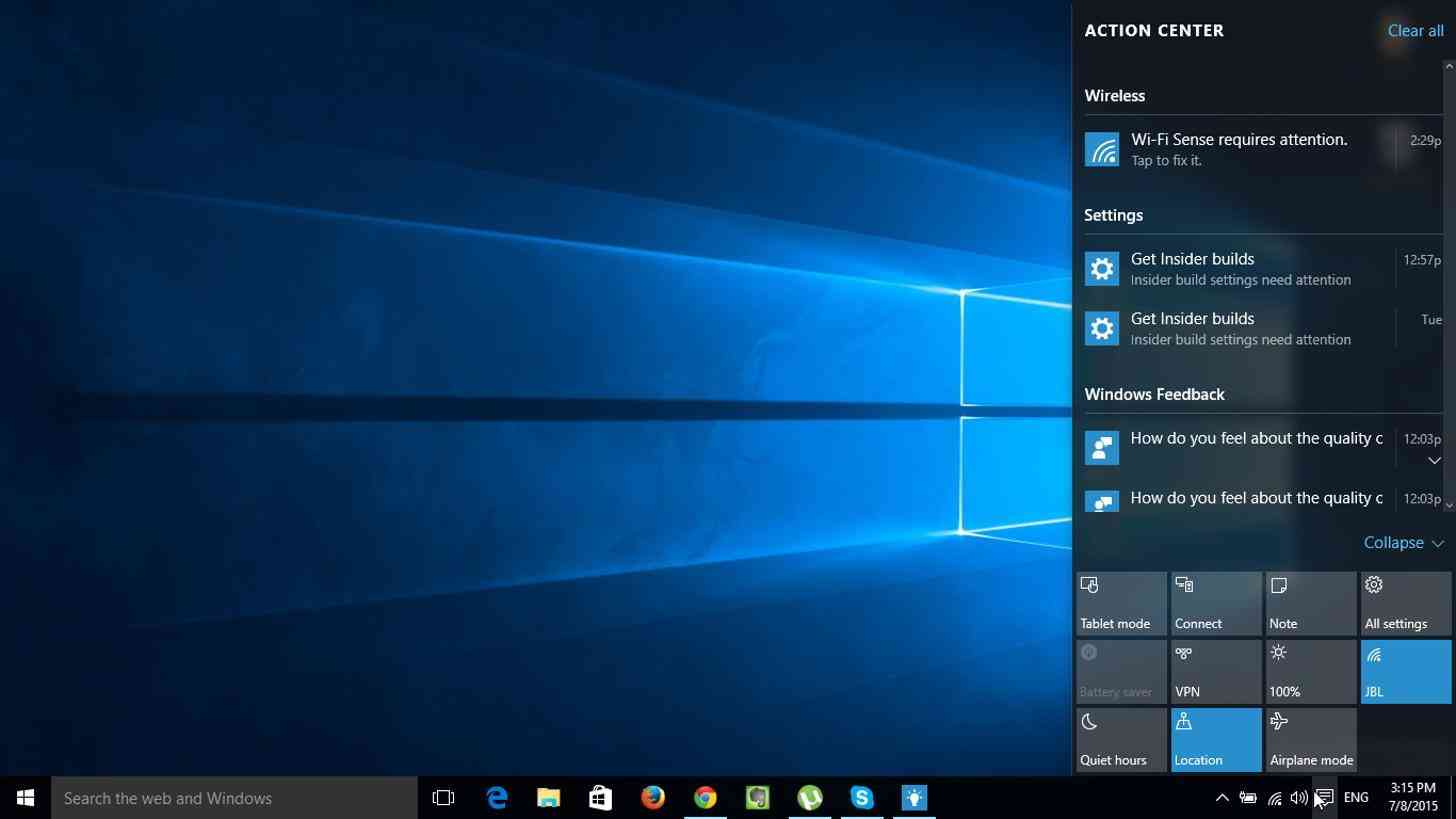
I don't know about you guys, but I try my hardest to stay away from the Internet in general on April 1st each year. While many pranks actually end up being quite funny and obvious, others are just heartbreaking (such as this Launcher Pro update prank – if only it had been real). Still, in a sea of joke headlines there are also actual news headlines scattered about, and one of them was actually a treat rather than a trick (wrong holiday, but the sentiments are still the same).
From March 30th to April 1st, Microsoft hosted a build conference for developers. During this conference we found out that Windows Phone (or Windows 10 Mobile) isn't exactly Microsoft's priority right now, instead focusing on their more popular products such as Windows 10, Xbox, and HoloLens. However, just because Windows 10 Mobile may not be their main focus doesn't mean that Microsoft doesn't understand the importance of smartphones. On the second day of the conference, Microsoft shared that in a future Windows 10 update, Android users will be able to use the integrated Windows 10 Action Center to view and respond to notifications coming from their Android device.
It seems like an awesome feature for people who use an Android device and a Windows PC. However, in order to use the feature, Cortana must be installed on the Android device. It seems like a fair trade-off, and probably a smart move for Microsoft as I'm not sure how popular Cortana is when compared to the already integrated Google Now (or Siri). As a Nexus 5X owner and a Windows 10 user, I know I plan on trying out the new feature.
The ability to view and respond to phone notifications on a computer is a feature I never knew I wanted until I had my Moto X, when the Moto Connect feature allowed me to view and respond to texts from the Google Chrome browser. The feature proved to be quite handy when my then 3-year-old son secretly made off with my phone in a car ride with his grandfather. Since then, similar programs, such as the popular Pushbullet, have made significant headway by offering more support with more programs and operating systems.
As such, the introduction of Cortana notification mirroring with Android and Windows 10 likely won't have much impact on Pushbullet, despite the fact that it now costs $40/year to use, as Pushbullet supports multiple browsers and operating systems. Others have also compared the service to the relatively new Android app, Join, which is a much cheaper option from Pushbullet with a one-time $5 fee. However, while cheaper than Pushbullet, Join stands to suffer directly from this as the service is only available to Android users – it really depends on how well it works.
I don’t see this becoming a game-changing addition one way or another, but I do think it is a nice update that a lot of people will enjoy. It would be nice to see the feature come for iOS users as well, given that Cortana is also available on iOS, but with more restrictions in place here it would be a pleasant surprise if that were to ever happen.
Readers, do you plan to test out Cortana’s mirroring notifications with your Android device and Windows 10 PC, or will you stick to other alternatives? Let us know in the comments below!